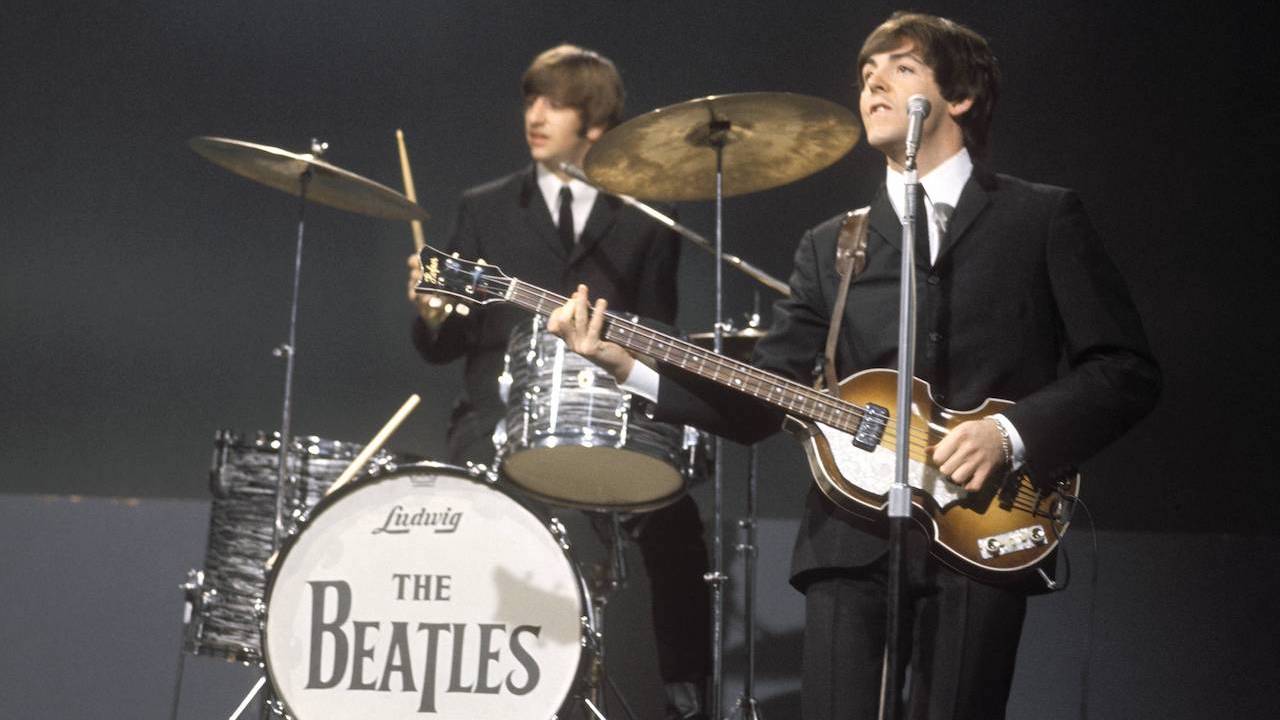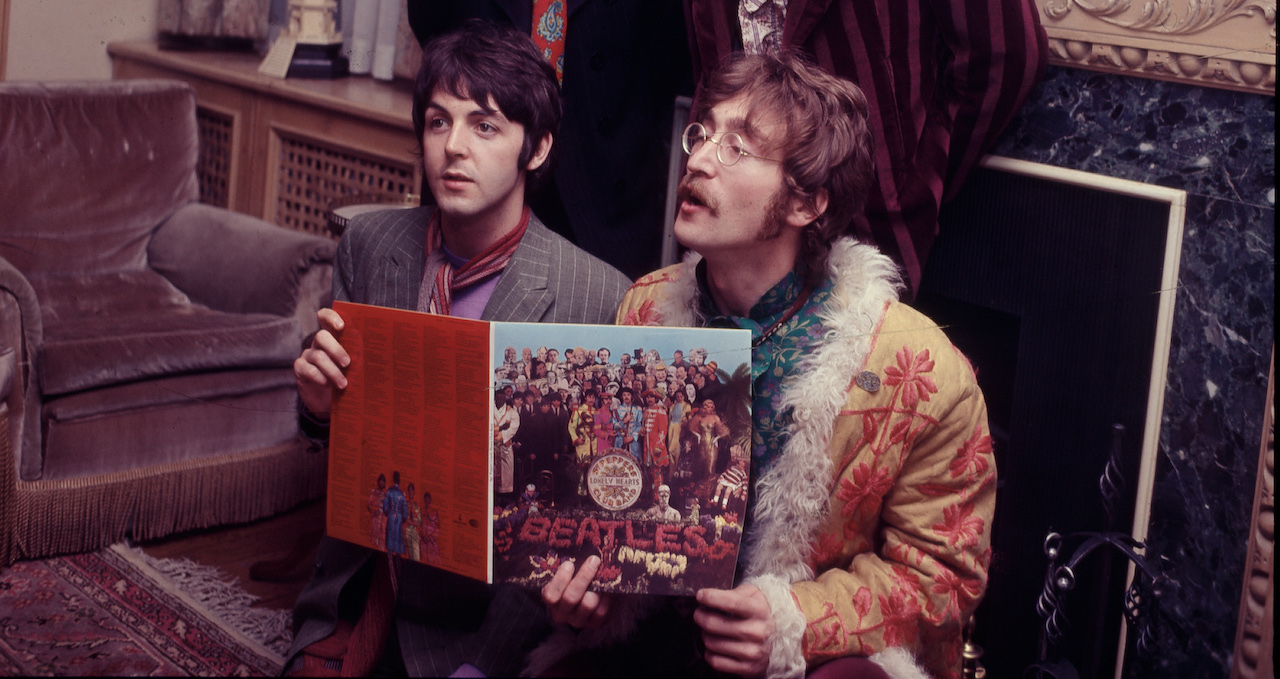“The Höfner is so light, it encouraged me to play with a light touch and be more adventurous with it. I’d play it more like a guitar”: Why Paul McCartney’s violin bass was essential in creating his most playful bassline on Sgt. Pepper’s
The Beatles took Lovely Rita into Studio Two of Abbey Road on February 23rd, 1967 – McCartney’s faithful Höfner came along for the ride

Three-quarters of the way through Sgt. Pepper's Lonely Hearts Club Band is one of Paul McCartney's most underrated gems, Lovely Rita. On a record with so many high-points, what makes this tune stand out?
The bassline has a lot to do with it – it’s boldly up-front in the mix, and the bouncy feel and linear melodicism, accented by a few unconventional, ear-catching licks, make it the perfect foil to the playful lyric. In particular, McCartney steers the mood of the tune with his use of both staccato and legato feels, octaves and upper-register passages.
“It’s just something I love to do and recognize as a sort of signature of mine,” McCartney told Bass Player in 2005.
“I’ll always go up the octave and just slur into high notes for a few little runs, and then come back down and nail the bass part. I always try it, though sometimes it’s not appropriate.
“The slides and slurs are from playing guitar and using some of that approach on my Höfner. Because it is so light, it encouraged me to play with a light touch and be more adventurous with it. I’d play it more like a guitar, whereas my big, heavy Wal 5-string led me to play more solid, deep bass. So looking back, the Höfner was a key to my style.”
After a four-bar guitar intro, McCartney dives right into Lovely Rita with a sliding lick based on the triads of the chords, immediately establishing the bassline as a key element. One reason this works so well is the simplicity of the other tracks: the guitar and piano are just banging out the chords, and Ringo's drums plod steadily along.
Once the main lyric enters, McCartney shifts to simpler eighth-notes, finally settling into a walking line that continues through most of the rest of the song. Notice how he moves from one chord to the next in a scalar fashion at 00:25; this gives the bass a seamless, flowing quality, one of the positive characteristics of a traditional walking bassline.
All the latest guitar news, interviews, lessons, reviews, deals and more, direct to your inbox!
Perhaps the most interesting thing about Lovely Rita is the way McCartney moves between staccato and legato feels. While most walking lines are legato, this one begins decidedly staccato – bringing to mind the sound of swing-era basslines, when bass players used gut strings and no amplification.
One listen to the album's previous track, the soft-shoe When I’m Sixty-Four, confirms McCartney's penchant for old-fashioned musical styles.
Bars 13 (00:33) and 16 (00:42) sound significantly different, even though the notes are identical. Had McCartney played the whole song staccato, by this point it might have begun to grow tiresome.

Similar variations occur in the second verse, but they come much more quickly; by slipping back and forth between long and short notes, McCartney keeps the song sounding remarkably fresh.
Lovely Rita climaxes halfway through the last chorus, starting at 02:00. After a neat crescendo that ends on a staccato eighth-note, McCartney reprises the opening lick as the vocal rises to an exciting new level, providing a satisfying sense of return and closure.
There's a critical difference between the end and the beginning, though: the notes on the ‘and’ of beats one and three are now staccato, making the lick even more bouncy than before.
The tune ends with an odd breakdown section, roughly over an A chord, in which McCartney plays a weird, offbeat, minor-key ostinato in 16th-notes. And the last note is most unusual – there aren't a lot of songs where the bass ends up on the 4th of the last chord!
For more on Macca’s relationship with the violin bass, check out our history of Paul McCartney and the Höfner 500/1 bass guitar.
Karl Coryat was Deputy Editor of Bass Player magazine in the 1990s. In the 2000s, he wrote two music books: Guerrilla Home Recording and The Frustrated Songwriter’s Handbook, the latter with Nicholas Dobson. In 1996, he was a two-day champion on the television game show Jeopardy!. He works as a comedian and musician under the pseudonyms Edward (or Eddie) Current.
You must confirm your public display name before commenting
Please logout and then login again, you will then be prompted to enter your display name.

